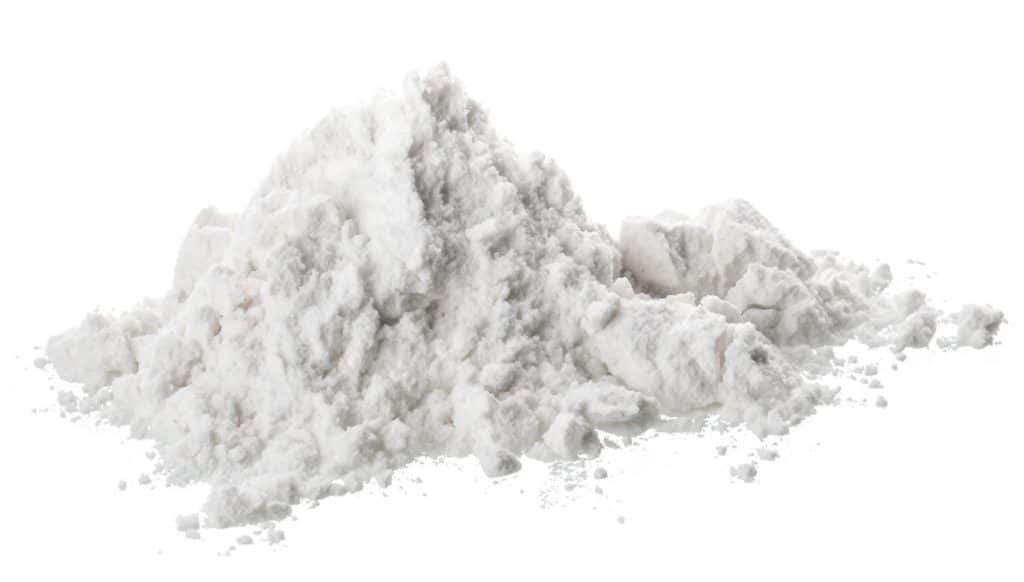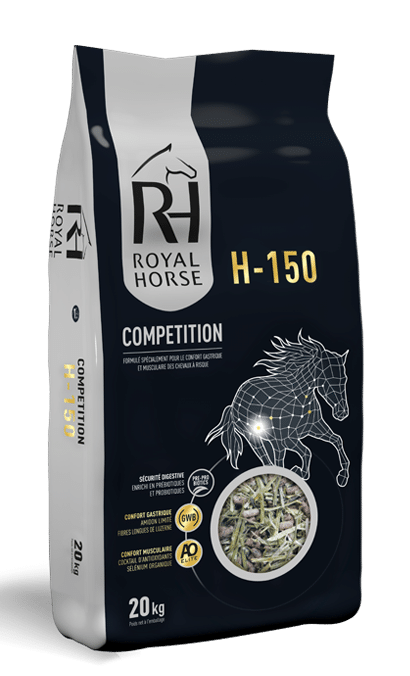Today, the energy needs of horses subjected to intense and repeated efforts (competition and racing) are sometimes more than double their maintenance needs.
It is easy to cover the energy needs of the performance horse by increasing the proportion of cereals (and therefore starch) in the total ration. But the horse’s digestive physiology has its limits in terms of the quantity of starch ingested and its excess is the cause of many digestive problems.
What are the nutritional benefits of starch for the horse ?
Starch is the main component of cereals, in simple terms it is composed by the association of glucose molecules (sugar). It is one of the main sources of energy for sport horses or horses in physiological stages requiring important energy intake such as foal growth or lactation in mares.
It should be noted that not all cereals are equivalent in terms of “fermentable reaction”, which is why we often find the same cereals as oats, barley or corn and avoid native wheat with a high fermentable power.
If the origin of the starch plays a role, the different treatments and its presentation (granulated, flaked or extruded) also have a significant importance in the digestibility of the starch compared to that provided by native cereals.

Limiting starch intake in the horse’s diet is necessary for digestive balance
The energy efficiency of starch is linked to a balance between its transformation into glucose by enzymes and its degradation into volatile fatty acid by microbial activity.
The stock of enzymes being limited, the digestive function cannot manage the excess of starch and the first consequence is the accumulation of lactic acid, the decrease of the stomach pH and the direct link with the appearance of ulcers on the non-glandular part of the stomach (upper part of the stomach unprotected against acid attacks).
This acidity will be found throughout the digestive tract up to the cecum where all the cellulolytic flora responsible for the degradation of fibers is found, which is very important for the digestive hygiene of a herbivore. This flora, which is very sensitive to pH variations, will lose its efficiency and lead to weight loss and possible colic. This is the second negative effect of an excess of starch.
For this reason, Royal Horse (www.royal-horse.com) has voluntarily limited the amount of cereals in all its feed formulas for many years and favors the intake of energy in its feeds by incorporating vegetable oil and diversifying the sources of fiber.
All our formulas are designed not to exceed a maximum of 500g of starch per meal on the basis of a 500kg horse that would receive 5kg of feed per day in three meals.
Royal Horse recommendation : H-150 – Complementary feed for competition horses, in the form of a mixed pellet/fiber feed




